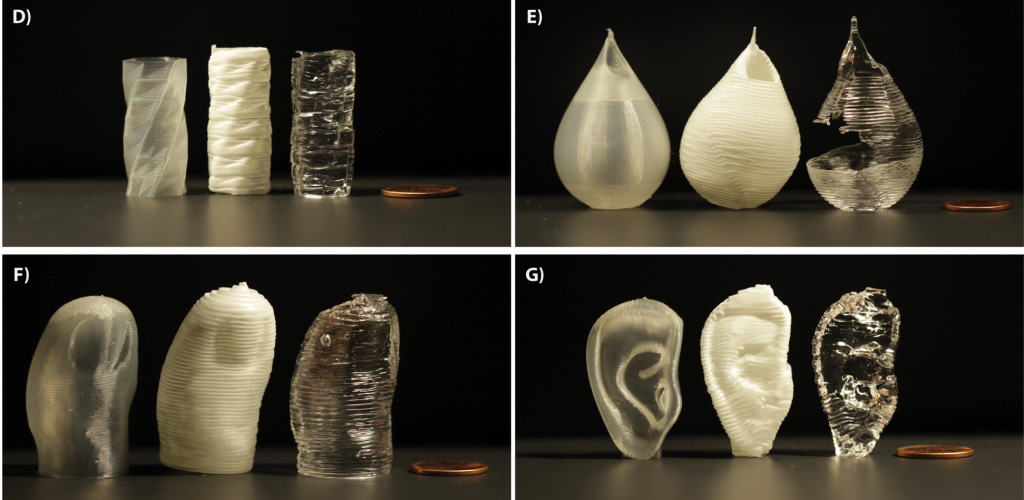At Carnegie Mellon University (CMU), researchers may have found a solution that makes the characterization of new 3D printer materials a breeze.
An algorithm, developed by a team at CMU’s College of Engineering, is capable of sorting through possible parameters for soft-material 3D printing to identify the perfect settings for success.
Termed the Expert-Guided Optimization (EGO) method, the algorithm combines expert judgement with 3D printer optimization data to expedite new material development.
Trillions of possibilities
Material availability can be a barrier to the adoption of additive manufacturing. Material development however, can be lengthy, and researchers are faced with trillions of different possibilities before achieving the optimal result.
Considering common problems with material extrusion technologies, we can see how even the slightest change of one parameter can alter the outcome of a finished product. Print speed, temperature, the environment, and material concentration all has to be taken into account when printing. And the appropriate settings are even more of a mystery when the material has just been discovered.
Sara Abdollahi, a Biomedical Engineering Ph.D. candidate at CMU, explains, “When 3D printing thermoplastics, if you have just five or 10 main print parameters and want to explore, say, five levels of each, a factorial design can result in millions of possible combinations of settings to print,”
“The combinations become even more daunting when exploring an experimental material whose print characteristics are unknown,”
“If the experimental material has 20 print parameters with five levels, the experimenter can have trillions of combinations of print settings to explore.”
The CMU expert approach
In the EGO method, initial parameters are set by the expert, i.e. a materials scientist, based on certainties that they have about the printing the material, for example, “This material could never be printed over x degrees as it melts” etc. Once input, the algorithm takes over and considers all the potential settings within the expert-set parameters, determining a “local optimum.”
The local optimum is then considered by the expert who can alter parameters and perform a new search (within new or old parameters), narrowing it down each time to find the perfect solution.
High fidelity biomaterials
As a proof of concept, the team used EGO to 3D print complex objects made from PDMS and epoxy.

These objects, a toe, a water drop, ear and a twisted vase, were 3D printed using the CMU developed Freeform Reversible Embedding (FRE) technique, on a Makerbot ReplicatorTM dual 3D printer, modified for liquid printing.
Working within a narrow temperature range, between room and body temperature, the FRE method is specially designed to work with biomaterials, making cell scaffolds and supportive tissue constructs.
According to the researchers, the EGO method yielded FRE 3D printed objects with “a level of detail and fidelity previously not obtained.”
A paper detailing “Expert-guided optimization for 3D printing of soft and liquid materials” is published, open-access, in PLOS One journal. It is co-authored by Sara Abdollahi, Alexander Davis, John H. Miller and Adam W. Feinberg.
For materials, hardware and software updates subscribe to the 3D Printing Industry newsletter, follow us on Twitter and like us on Facebook.
Sign up to 3D Printing Jobs to post and find new opportunities near you.
Featured image shows objects 3D printed using the EGO method. Each object is shown in standard PLA (left), epoxy, (center) and PDMS (right). Image via PLOS One Journal/CMU


